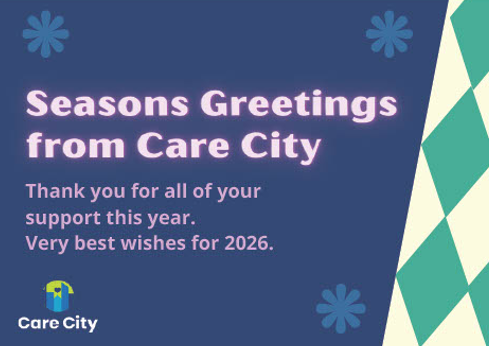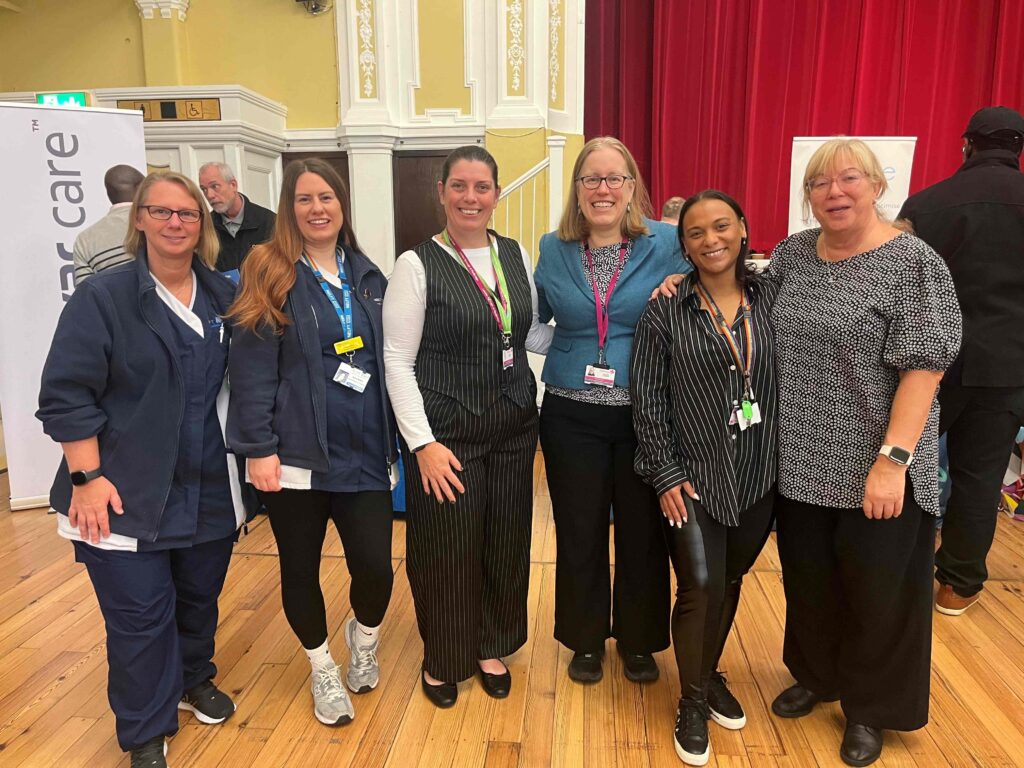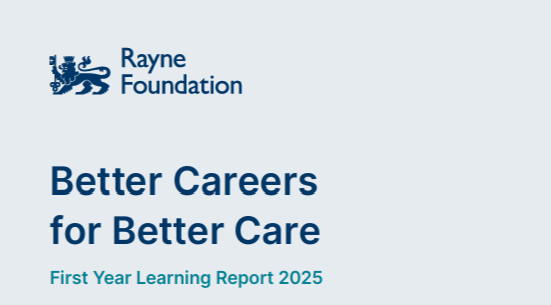You don’t solve society’s challenges in meeting rooms
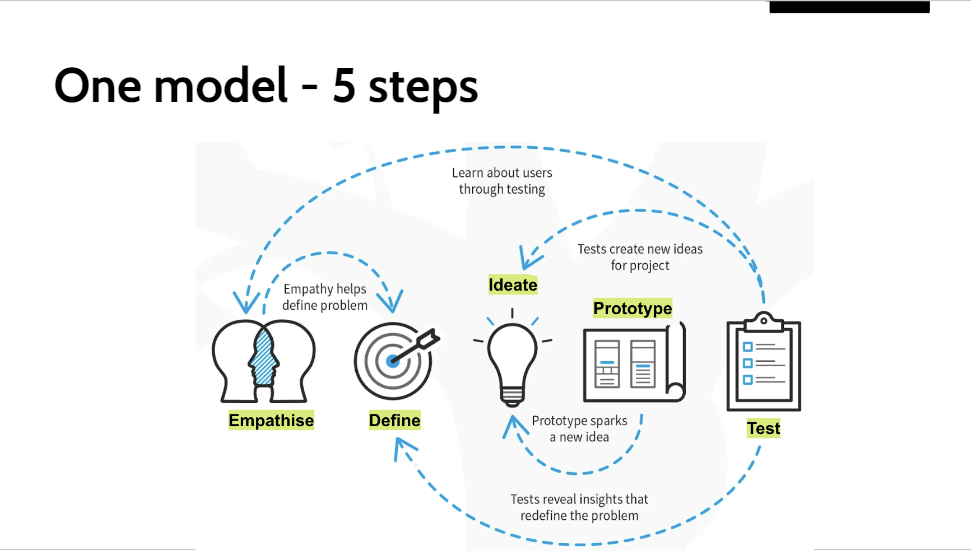
Michael Robert’s blog shares why we’re recognising storytelling as increasingly critical to our work & the need for co-produced responses to local challenges.
Where does problem solving begin?
At Care City, the communities we work with are often those most strongly impacted by today’s social challenges. However, we’ve seen that residents’ experiences of those challenges are not always centred in the projects we encounter in the health and social care innovation space.
We’ve recently reflected as a team on how problems can come predefined, and innovation can work to objectives shaped by small and limited groups of stakeholders, which don’t match the realities of people’s experiences and the scope of their ambitions.
When really senior people come together in meeting rooms, they often feel a huge weight of pressure to come up with solutions. But we’ve found that the problems we’re working with are complex and knotted. And to solve them, we need to start by understanding them much more deeply.
To do this, at Care City, we’re recognising storytelling as increasingly critical to our work. We’re working to help people unpack their concrete, authentic experiences of health and care – often over many years – along with their interactions with the systems and services seeking to deliver against those. We’re then using those stories as a first step to help us shape and co-produce local projects, policies and investment priorities in line with residents’ senses of what is most urgent for them.
How storytelling is helping us understand people’s challenges
Storytelling has been central to our work addressing social isolation in Barking, in collaboration with Barking and Dagenham Council. Here we’ve worked with Ageable to bring residents’ stories to life in our Discovery Phase, which has challenged our assumptions about who social isolation affects. For instance, we’ve been struck by the number of younger people social isolation can impact, along with those cohabiting with others, who don’t feature strongly in public narratives about loneliness. This has also helped us move towards a more holistic understanding of social isolation, which appreciates how it’s often precipitated by a life transition – like a new health diagnosis, a change in employment status or a bereavement.
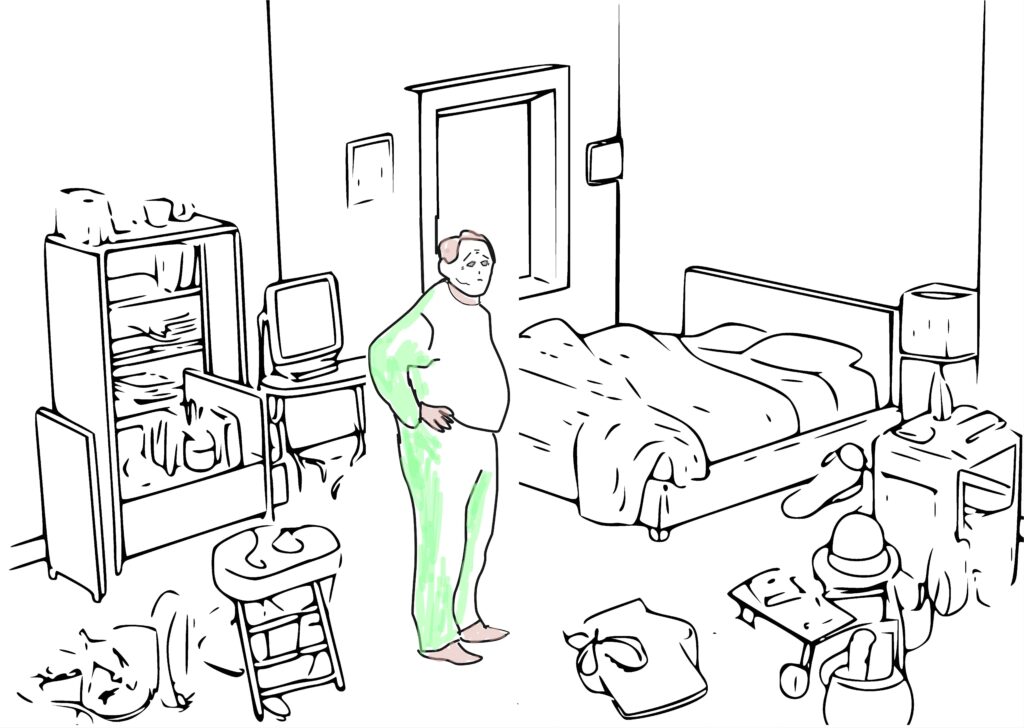
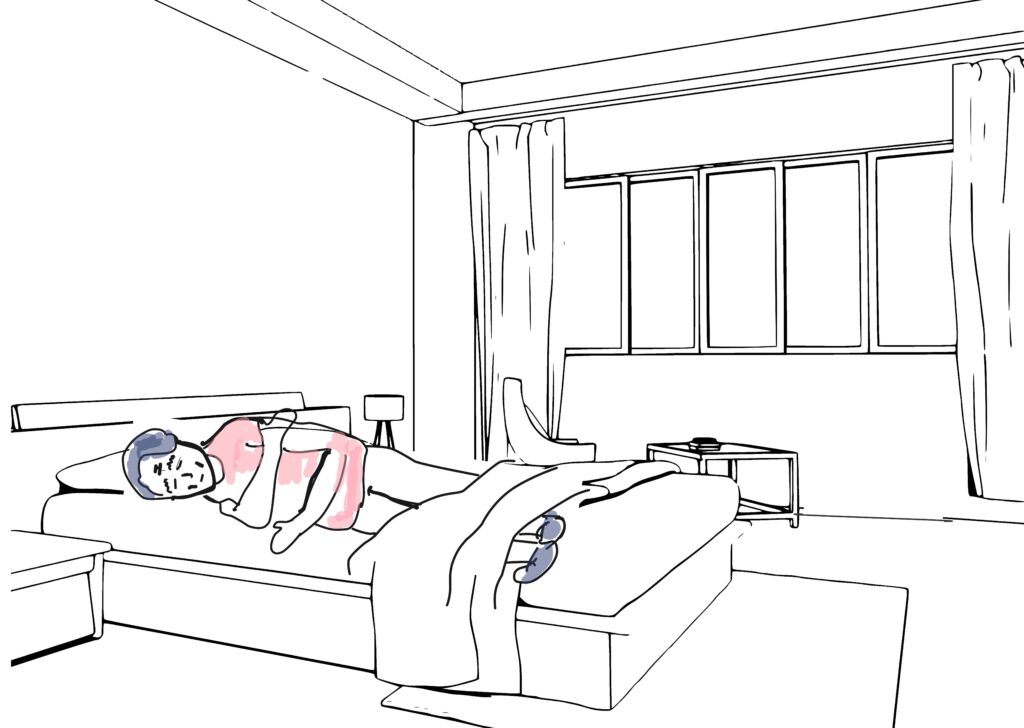
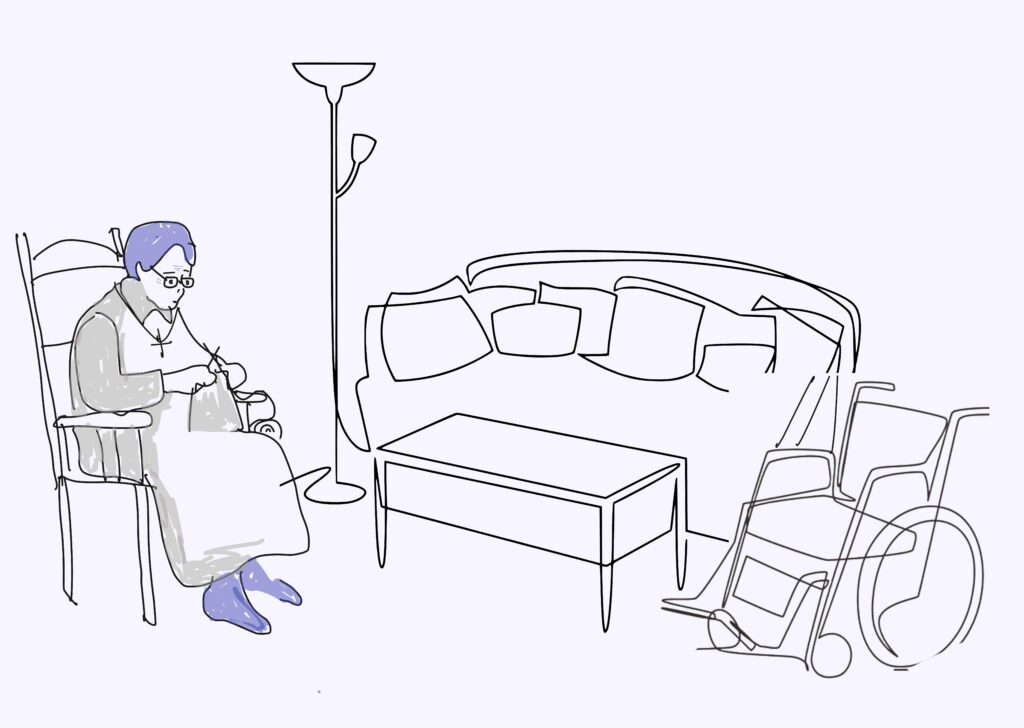
Prioritising storytelling has helped us to recognise the wider factors underpinning social isolation. We’ve realised we need to approach it not simply as an immediate problem of someone who is lonely or lacks a support network.
We need to consider social isolation from the perspective of people’s individual journeys, their personal histories, and the narratives they’re using to understand their current situations.
What have we done as a result?
To us, the above reinforces the need for co-produced responses to social isolation. Unlike immediate medical problems that often have a clear and discrete range of solutions (e.g. a broken leg or appendicitis)-and where solutions can be more understandably transactional in nature–problems like social isolation have inescapable narrative, sociohistorical and personalised elements. This means that they can only be untangled by putting residents at the heart of their own solutions. The same is true whenever we’re trying to understand and navigate problems bound up in a range of social and historical factors – here; it will help to understand local health inequalities, how people interact with the place they live, their support systems, their changing socioeconomic status, and so on.
Because of this, we’ve been designing the next phase of the project in a way that centres 1:1 relationships between residents and our delivery partners: Humourisk CIC, the Independent Living Agency and Harmony House CIO – partners who will get to know people properly, create supportive spaces for residents to unpack and make sense of their own experiences, and co-identify what steps make most sense for them to (re)build their circles of care.
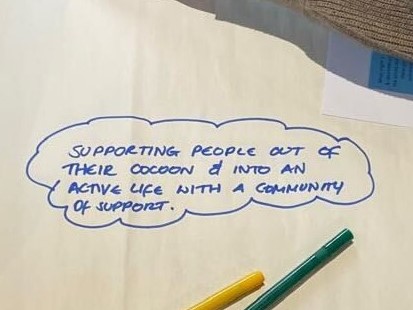
Our delivery partners will have access to a “Small Good Things Fund” to provide access to practical support that can help residents overcome specific barriers to connection – that might be something to practically help you get out of your front door, it might be something you’ve always wanted to try. They will also be encouraged to make decisions creatively and spontaneously together with residents, without seeking permission, about what makes the most sense to build people’s confidence or create opportunities for friendships to spark – no matter how outlandish some of the ideas might seem! In the spirit of the liberated method, which we’ve drawn so much inspiration from, the primary rules will be that things are safe, legal, proportionate and working to a shared purpose.
This means we’re not creating another new service, where we say “let’s signpost you to X, Y or Z”. Our approach involves an intrinsic element of co-production all the way along, mirroring principles from person-centred care – it prioritises getting to know residents, their stories, and what matters most to them in this moment as a result of that.
In this way, an in-principle, unpredictable range of different “good solutions” can emerge in partnership with individual residents.
“We need to stop trying to design the solution, and instead design for the conditions that enable the emergence of many solutions.”
Bill Bannear
This contrasts with a public service landscape that has become more standardised and routinised and where front line staff have few options to respond to what’s in front of them – here, services become about directing people to pick items from a very limited menu, rather than listening to people deciding what matters and being creative in how to respond to that. Instead, we see the potential within this project for each individual’s journey out of social isolation to exemplify a “co-production in miniature” where residents play an active role in shaping what lies ahead.
At this moment of a new incoming Labour government, this is an especially important message to reinforce – with the problems of the nation landing on their doorstep. They will need to avoid generating top-down solutions and instead try to create the conditions for them to be solved with communities.
At Care City, we are ready to be part of creating those conditions, and we’re interested in how we can do this even better with communities going forwards.
How might we build out co-production at Care City and beyond?
Our above stated commitment to putting residents at the heart of solutions reflects a broader desire at Care City for residents to play ever-larger roles in our projects. We’re interested in how community members might participate beyond the early phases, where problems are shaped and understood, and into the later design and delivery of wide-reaching solutions.
The above example from our social isolation project touches on the benefits of co-production in personal-level solutions. But we want to do more to enable this for community-level solutions, too, where residents with relevant experience of social issues co-produce and reshape public services that affect the communities they live within and the support offered to people like themselves within those communities.
There is a wealth of evidence that demonstrates how bringing people with diverse experiences of social challenges into the centre of the design and delivery is more likely to maximise the social impacts projects can make. We know it also empowers communities and builds trust between residents and the organisations designed to support them. We’re keen to explore how we can maximise these benefits.
Coproduction isn’t just a “nice to have”, it’s something central to what we do, and we are challenging ourselves to look for any place where the ideas of residents can make our work better. We’re already working with our community board to help us shape projects and funding bids, but we want to explore how we can make use of the board, and our focus groups, in different ways. For instance, could we build up a more continuous “pool” of active community members, with a range of defined lived and learned experiences, to help guide, shape and implement our work? Could we train and pay community researchers to go out and uncover hidden stories, co-produce insights, or crowd-source solutions from communities who they already have relationships of deeper trust with?
We’ll be testing some different options in the months ahead to understand how the communities we serve can join us on the learning and innovation journey so that the mutual benefits of creative co-production are baked more strongly into Care City’s ethos. So keep your eyes peeled.
We’ll also explore how we can contribute to broader social movements to further co-production. We’re excited about the potential for greater use of citizens’ assemblies and more deliberative democracy to benefit health, social care, and the NHS in the future.
And we hope that, with a new government in power, it will also recognise co-production as more than an add on, but an essential part of shaping places for the better.

We’re always keen to share our learning and resources. Download our recent team training Design Thinking slides & if you’d like to learn more about how to implement within your organisation, get in touch.

